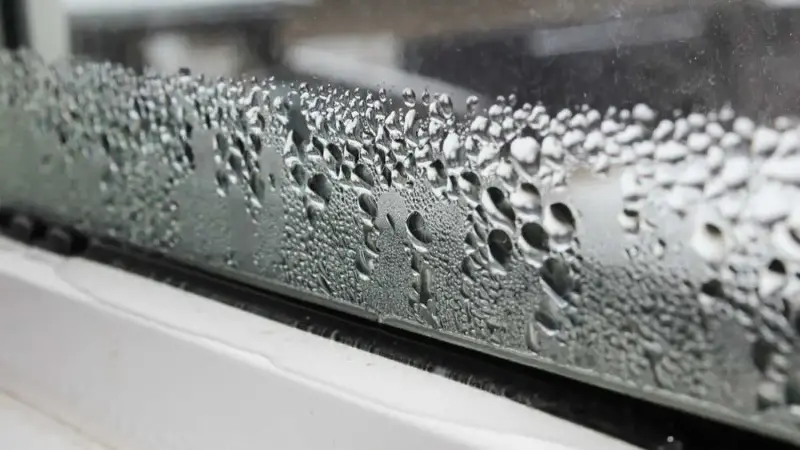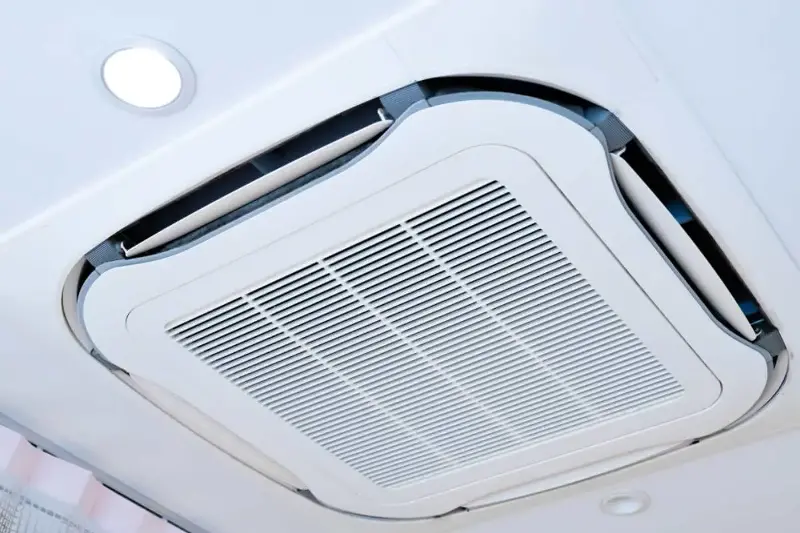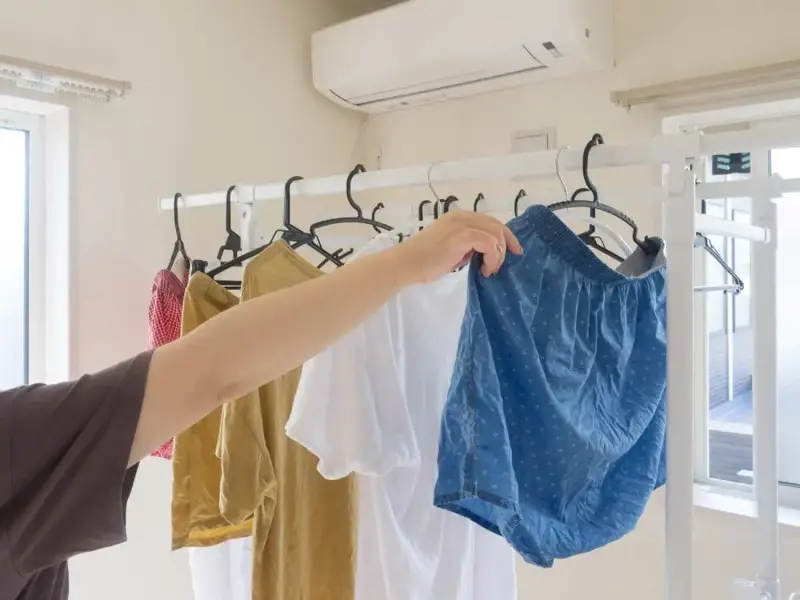
When the rainy season begins, humidity rises rapidly, and all parts of the house become damp and even the air becomes heavy. If moisture stays for a long time, mold, condensation, odors, and even allergens are likely to occur, so a red light is turned on for health and hygiene management. Here are 5 ways to reduce indoor humidity and maintain a comfortable environment in preparation for wet weather.
If you want to catch moisture in a corner of the room or in an enclosed space, you can use everyday materials without special equipment. Newspapers have excellent moisture absorption and are effective when placed in shoe racks, closets, and drawers. In particular, if you put it in a crumpled and clumped state, the surface area will expand and the moisture absorption capacity will increase.
After use, dry coffee grounds in the sun and put them in a bowl to simultaneously deodorize and absorb moisture. Baking soda and coarse salt are also good natural dehumidifiers. If you put it in a paper cup and place it near a closet or window frame, it will absorb moisture and even catch odors from the air.
If you need to dry laundry indoors on a rainy day, pay attention to the location and ventilation method. Since wet laundry continues to release moisture into the air, indoor humidity rises rapidly without ventilation.
If possible, it's best to dry it near a window, in a well-ventilated hallway, or on the veranda.
During drying, it is necessary to open a window to let in outside air or use a fan to create air flow to allow moisture to escape. If the structure is difficult to ventilate, you should also consider using the dehumidification function of a dehumidifier or air conditioner at the same time. Rather than driving laundry to dry it, it is beneficial to manage humidity by dividing it.

If you don't have a separate dehumidifier, you can use the “dehumidification mode” that most household air conditioners have. The dehumidification function has the advantage of consuming less power than normal air conditioning and being able to effectively remove moisture without significantly lowering the room temperature.
If the space is not large, the indoor air changes significantly even after 1 to 2 hours of operation in dehumidification mode. At this time, the effect is best if you close the window. It's a good idea to periodically wipe the area under the carpet and around the living room table so as not to leave moisture on the floor.
There is a high risk of mold in spaces where moisture tends to stay. Periodically inspect areas that are usually inconspicuous, such as the corner of the floor, the bottom of the window frame, and gaps between the wallpaper and the wall, and wipe them off with a dry rag. In particular, on the edge of a glass window or the edge of a sheet where condensation often occurs, it is better to spray alcohol to remove mold and bacteria together rather than just wipe off moisture.

Since mold grows rapidly in bathroom silicone gaps, it can be prevented and managed by wiping Lax diluent with a cotton swab or toothbrush.
Carpets, bed mattresses, and futons on the floor hold moisture well, causing wetness and odor in summer. On sunny days, you should spread it out near a window or on the veranda to let in the wind and get plenty of sun.
If the product is difficult to wash frequently, you can use a hair dryer or use a drying sheet and deodorant together to maintain it. It's a good idea to cover the fabric sofa in the living room with a dry towel or replace the cover to minimize moisture.
